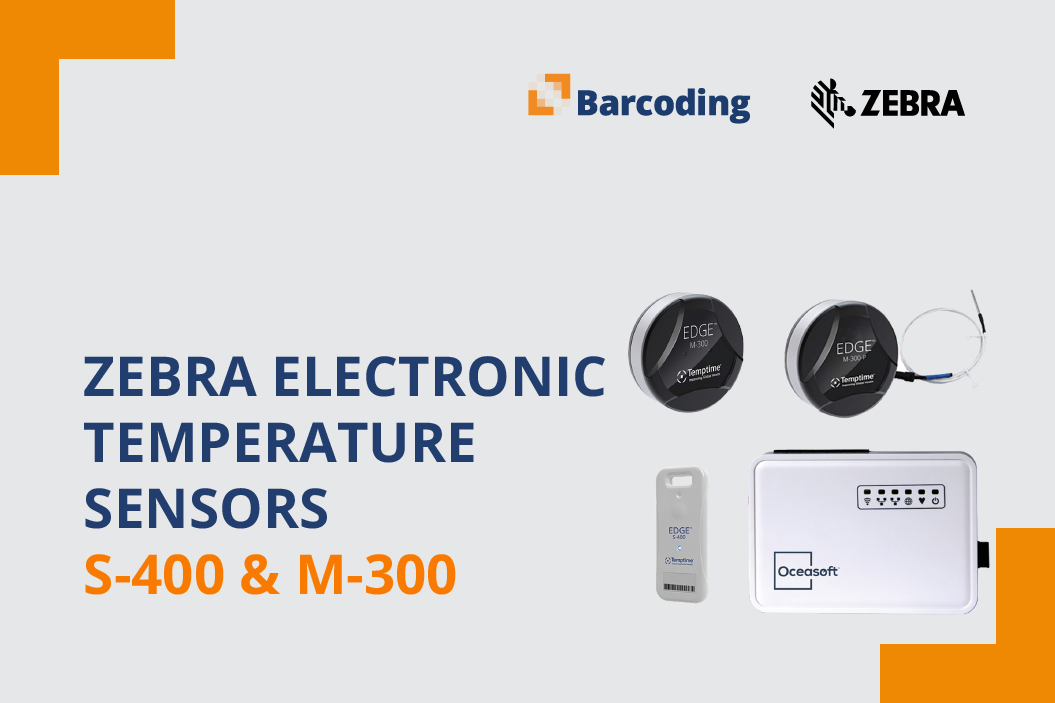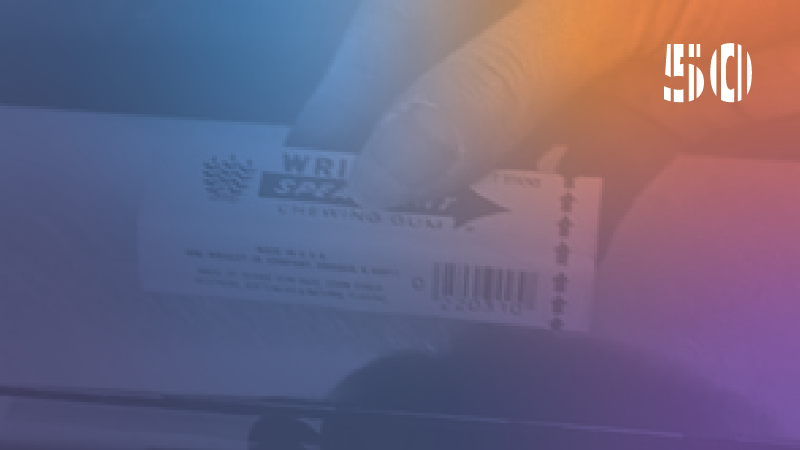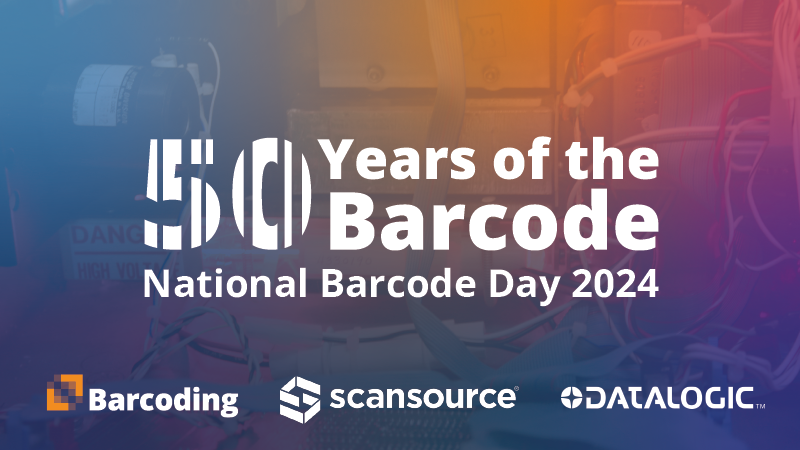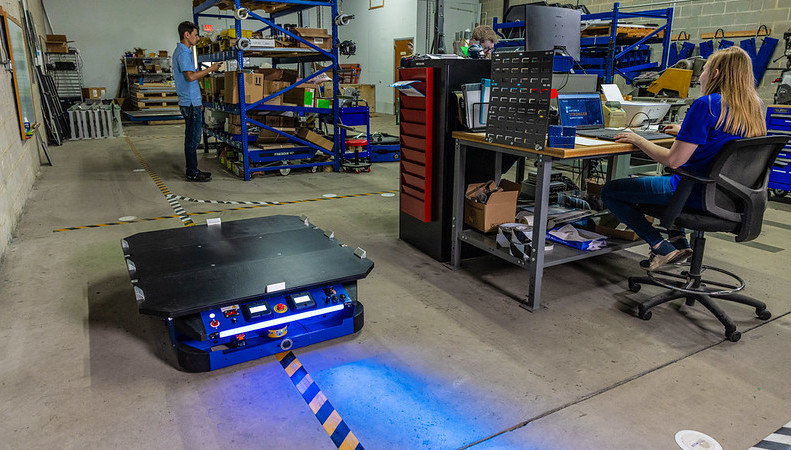Consumers are increasingly worried about food safety and quality, particularly when it comes to illnesses or allergies that can be caused by the food they consume.
Nearly every week, we hear about food-borne outbreaks, illnesses from contaminated food, food and beverage recalls, and restaurant shutdowns or investigations over food safety concerns.
Not surprisingly, this has led to a crisis in confidence among consumers. In fact, only 20% of consumers place complete trust in companies and brands to ensure food safety. But an even more startling figure comes from the food industry itself.
Only 37% of food industry decision-makers place complete trust in the companies’ abilities to ensure food safety, and nearly one-third of them (31%) say the industry is unable to manage food traceability and transparency.
If the food industry itself has such major concerns about safety and traceability, it’s a clear sign that significant improvements are needed. And those improvements are especially important in a post-pandemic era when pressures to meet increasing consumer demand and provide fast availability and lower prices often create serious risks.
As food and beverage manufacturers, distributors, stores, and restaurants try to meet today’s demands, their systems are often pushed to their limits, and food safety is easily compromised, with potentially serious and deadly consequences.
Therefore, it’s so important for players in the food industry to invest in better food monitoring and food safety technology, which 93% of industry decision-makers are planning to do over the next few years.
Among the key technologies they’re using to help boost food safety and traceability are electronic temperature sensors that automatically collect and analyze temperature readings and food or beverage product location data. These sensors wirelessly monitor environments where temperature-sensitive products are being packed, contained, transported, and stored.
A good example of these sensors are Zebra’s S-400 and M-300 Series electronic temperature sensors, which are Bluetooth-enabled devices that integrate and connect easily with the wireless and wired devices and networks that companies use in their food and beverage operations.
How Zebra’s Electronic Temperature Sensors Work
Zebra’s S-400 and M-300 Series electronic temperature sensors wirelessly track and monitor environmental temperatures in food and beverage packaging, in packing areas, containers, trucks, cold chain equipment, and temperature-controlled rooms. They retrieve and record temperature and geolocation data seamlessly and wirelessly, without jeopardizing environmental integrity. And they securely transmit and share data through cloud-based data-sharing and data storage business apps, including Zebra’s EDGEVue mobile app and EDGECloud services.
With Zebra’s sensors, apps, and cloud services, users gain on-demand access to sensor temperature and geolocation data directly through smartphones, tablets, or computers. Zebra’s app and services automatically gather and analyze the data from Zebra’s sensors and then upload it to Zebra’s EDGECloud, which makes the data accessible from anywhere through your connected devices.
Temperature readings can be taken at programmable intervals of 15 to 59 seconds (if reading temperature at one-second intervals) or intervals of 1 to 255 minutes (if reading temperature at one-minute intervals.
Using Zebra’s tools, you can quickly view temperature data and updated and relevant reports of temperature tracking, locations, and other sensor data at your fingertips. You can also easily manage your temperature sensors by setting preferences, checking their status, and much more.
Comparing Zebra’s Electronic Temperature Sensors
Zebra’s S-400 Series electronic temperature sensors are engineered to be so light, compact, and cost-effective that they can be used in food and beverage packaging, for single or multiple uses. They have a battery life of up to 12 months and monitor temperatures ranging from -22 to +158°F (-30 to +70°C) with high accuracy to within +/- 0.3°C. Their internal memory can handle up to 16,000 data points.
For other applications such as temperature monitoring for shipments and storage facilities, Zebra’s M-300 sensors are an ideal option. They offer standard and extended temperature range monitoring through two models, each with a long-life, replaceable lithium battery with protection against dust and water.
M-300 devices are reusable and portable devices that are easy to place inside containers and other metal enclosures for shipping, or you can easily mount them to facility equipment or walls. They monitor temperatures ranging from -40 to +185°F (-40 to +85°C), to an accuracy of within 0.3°C. If you need extended temperature monitoring, the M-300-P model can monitor temperatures ranging from -328 to +392°F (-200 to +200°C).
Similar to Zebra’s S-400 sensors, with the M-300 Series, you can get up to 12 months of life from a single battery, with data logging intervals of 15 to 59 seconds (when using one-second intervals) or 1 to 255 minutes (when using one-minute intervals). They likewise have internal memory to handle up to 16,000 data points. But a nice differentiator with M-300 sensors is that they’re available with interchangeable color sensor rings that allow users to quickly identify each individual sensor.
Learning More About Zebra Electronic Temperature Sensors
If you’re concerned about ensuring food and beverage safety and protecting your brand, our food and beverage technology experts at Barcoding Inc. strongly recommend Zebra’s electronic temperature sensors. They’re a great way to enhance your product quality and traceability and to help ensure your products are safely produced, packed, transported, and stored.
To learn more about these devices, their cost, and which models might be the right fit for your temperature monitoring needs, feel free to contact us with any questions or to schedule a discovery call at your convenience.
For more information about how Barcoding can help your organization be more efficient, accurate, and connected, please visit www.barcoding.com.







